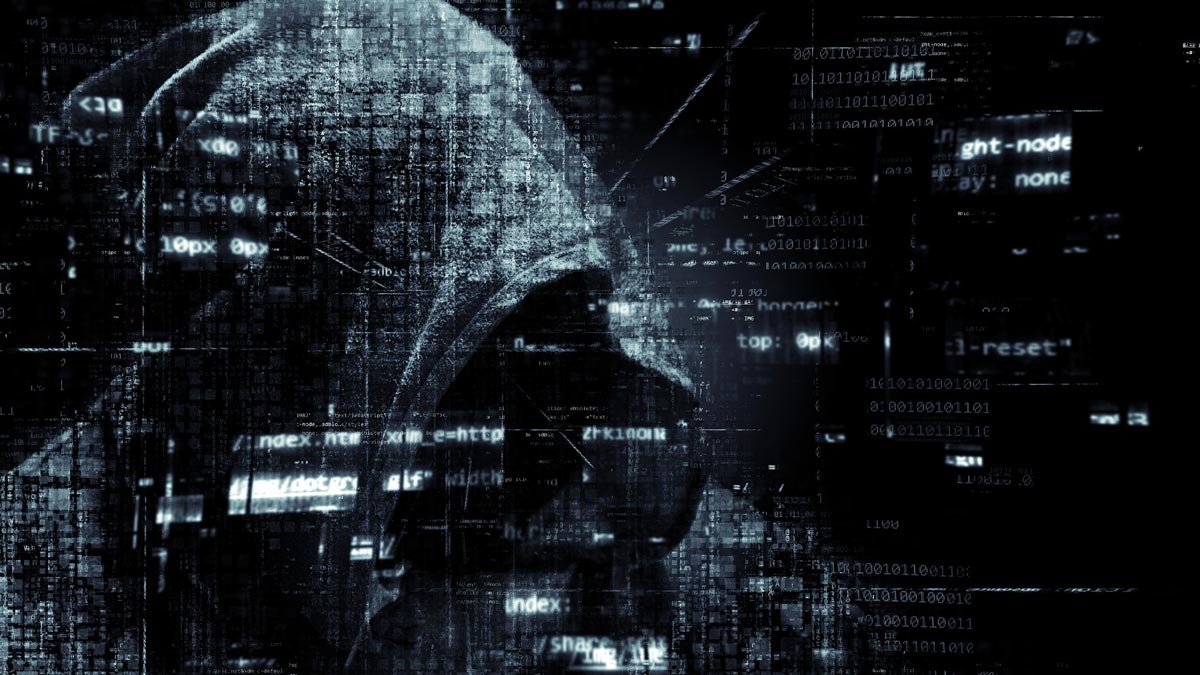
NEWS
In 2024, the United States faced an alarming surge in cyberattacks, with over 5 billion records breached across various sectors, making it a year defined by unprecedented levels of 2024 USA cyberattacks. Notable incidents included a massive breach in Discord via Spy.pet, resulting in over 4 billion compromised records in April, and significant breaches in telecom and professional services sectors earlier in the year.
Source: IT Governance USA
SITUATION ANALYSIS
The 2024 USA cyberattacks cyberattacks targeted a diverse range of sectors, from IT services and software to finance and insurance. These breaches exposed vast amounts of sensitive data and highlighted systemic vulnerabilities across these industries. For example, the breach via Spy.pet in April was one of the largest, affecting millions of Discord users’ private data. Similarly, Zenlayer and Pure Incubation Ventures saw hundreds of millions of records breached, emphasizing the pervasive threat landscape.
CHALLENGES
- Magnitude of Breaches: The enormous scale of breaches, especially like the one Discord experienced, presents significant challenges in data management and recovery.
- Sector Diversity: The range of affected sectors indicates that no industry is immune, requiring versatile and robust security solutions.
- Resource Allocation: Organizations often struggle with insufficient resources, including budget constraints and a shortage of skilled cybersecurity professionals, to effectively combat these threats.
- Regulatory Compliance: As the complexity and volume of attacks increase, complying with data protection regulations becomes more challenging, potentially leading to severe legal and financial consequences.
WHY iCOGNATIVE?
Brainwave Science’s iCognative technology uses sophisticated brainwave analysis to detect the presence of specific knowledge related to cyber threats and breaches. This non-invasive technology measures brain responses, known as P300 waves, when subjects are exposed to stimuli related to the breach. Here’s how iCognative could effectively apply to the 2024 cyberattacks:
- Detection of Insider Threats: By presenting stimuli associated with specific breach details, such as dates, types of stolen data, and methods used in the cyberattack, iCognative can determine whether an individual within the organization has knowledge of these details. This can help identify insiders who may have contributed to the breach.
- Verification of Suspect Statements: During the investigative phase, iCognative can verify the truthfulness of statements made by suspects. For example, if a suspect denies knowledge of a particular malware tool used in a breach, but their brain response indicates recognition, investigators can pursue more targeted interrogations.
- Linking Separate Incidents: By exposing suspects to information from different breaches, iCognative can identify patterns in brain responses that suggest a person’s involvement across multiple incidents. This can reveal organized groups or repeated methods in cyberattacks, providing a clearer picture of threats and aiding in preventative measures.
In conclusion, integrating iCognative in cybersecurity investigations can lead to more precise identification of culprits and a better understanding of breach dynamics, ultimately strengthening security against the increasing wave of cyber threats.
Source: Brainwave Science
